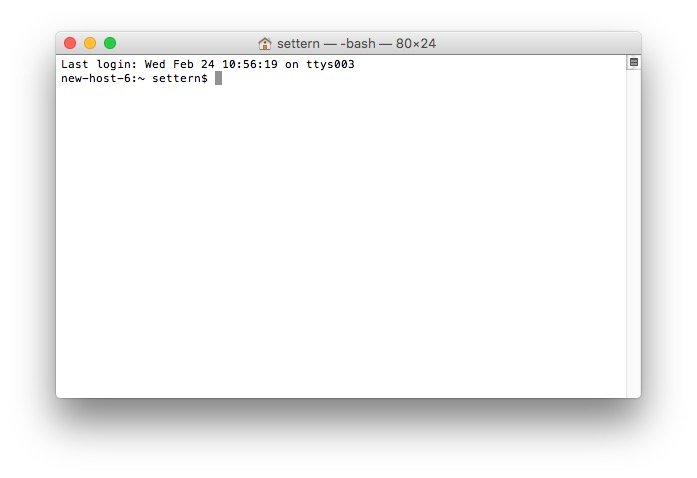

- #What is default command line text editor mac mac os x
- #What is default command line text editor mac full
ESC-? List the possible completions CTRL-x / List the possible filename completions ESC-/ Attempt filename completion CTRL-x ~ List the possible variable completions ESC- ~ Attempt username completion CTRL-x $ List the possible variable completions ESC-$ Attempt variable completion CTRL-x List the possible hostname completion Attempt hostname completion CTRL-x ! List the possible command completions ESC-! Attempt command completion ESC-TAB Attempt completion from previous commands in the history list TAB Auto-completes file, folder, and program names. Insert last word from previous command after cursor. ESC+l Lowercase word under cursor and move to next word. ESC+u Uppercase word under cursor and move to next word. ESC+c Capitolize word under cursor and move to next word. For instance, to literally send a CTRL+[ Identical to ESC. This is how you escape control sequences. CTRL-x + CTRL-x Mark current location in line and jump to beginning of line or second mark if defined. Note than in Apple’s Terminal.app, you can also press +K to clear the screen. The effect of doing this on a command line is that you clear the screen. This is useful if a program’s output is overwriting some text on your terminal. Doing this at the command line is identical to closing your terminal window. CTRL+d Send an end-of-file special character to the current process. The net effect of doing this on the command line is that you cancel your current command and are presented with a blank new line. CTRL+c Send an SIG_HUP to the current process. Basically a sort of command-line editting “undo.” CTRL+z Stop the current process and send it to the background. CTRL+y Paste the most previously-deleted string. ESC+t Transpose (swap) the two words before the cursor with one another. CTRL+t Transpose (swap) the two characters before the cursor with one another. CTRL+r Recall previous commands by searching for them. CTRL+w Delete from under the cursor to the beginning of the word. CTRL+u Delete everything from under the cursor the beginning of the line. (I think of this as killing the rest of my line.) CTRL+f Move forward one character. CTRL+k Delete everything from under the cursor to the end of the line. (I think of this as anchoring my cursor to the start.) CTRL+e Move cursor to the end of the line. CTRL+a Move cursor to beginning of the line. An extra goodie is that some of these movement shortcuts work in any Coacoa text field, which means you don’t have to keep switching between bash’s command line movement shortcuts and the +arrow keys shortcuts anymore.
#What is default command line text editor mac mac os x
So here’s a list as complete as I can make it of the default keyboard editting shortcuts configured on a Mac OS X machine running bash. There are lots of lists out there for Bash keyboard shortcuts for Linux, and many of these work on Mac OS X, but they don’t all work. Unfortunately, different distributions and different operating systems sometimes don’t have the same shortcut configuration. Some of them are built into the shell itself and others are configured elsewhere.
#What is default command line text editor mac full
Whatever you are trying to do, many shells actually offer a full suite of command-line editting shortcuts. Perhaps you are benchmarking your Web server with ApacheBench and want to change some of its settings.

In addition, many times you want to run multiple commands with only slight variations. This is especially true if you’re new to the command line. However, most users find that they end up spending a lot of time typing and re-typing commands, editting them, and then having to fix them. More and more often I find myself doing my work on the command line because it’s faster and more efficient.


 0 kommentar(er)
0 kommentar(er)
